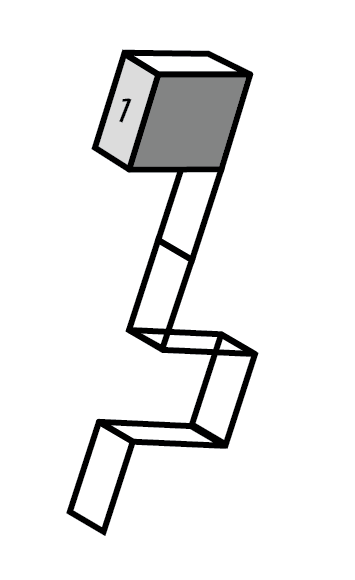Escher Circuits: Using Vision to Perform Computation

In 2008, Mark Changizi, a Sloan-Swartz Fellow in Theoretical Neuroscience at Caltech, noted that the eye can make sense of complex relationships that often mystify the brain: "Our everyday visual perceptions rely upon unfathomably complex computations carried out by tens of billions of neurons across over half our cortex. In spite of this, it does not “feel” like work to see. Our cognitive powers are, in stark contrast, “slow and painful,” and we have great trouble with embarrassingly simple logic tasks."
Might it be possible to harness our visual computational powers for other tasks, perhaps for tasks cognition finds difficult? In other words, could we trick the eye into performing computation? Changizi proposed the Escher Circuit, "a special kind of image that amounts to 'visual software' our 'visual hardware' computes" merely through perception.